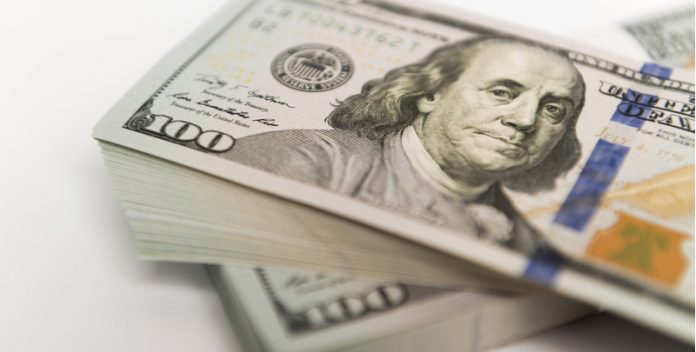Movements on the pound US dollar pair were limited on Monday, as invested contended with a public holiday in the UK and a very sparse US economic calendar. The pound managed to move 0.2% higher versus the US dollar, taking the pound dollar exchange rate to a high of US$1.3575 in a rather dull session.
| What do these figures mean? |
|---|
|
When measuring the value of a pair of currencies, one set equals 1 unit and the other shows the current equivalent. As the market moves, the amount will vary from minute to minute. For example, it could be written: 1 GBP = 1.28934 USD Here, £1 is equivalent to approximately $1.29. This specifically measures the pound’s worth against the dollar. If the US dollar amount increases in this pairing, it’s positive for the pound. Or, if you were looking at it the other way around: 1 USD = 0.77786 GBP In this example, $1 is equivalent to approximately £0.78. This measures the US dollar’s worth versus the British pound. If the sterling number gets larger, it’s good news for the dollar. |
The pound has been under pressure over the last month as disappointing UK economic data has dampened investor optimism of an interest rate hike from the Bank of England (BoE) at the May meeting. Just one month ago market participants had been assuming an almost 90% probability of the central bank hiking interest rates when they give their rate decision on Thursday. However, after a barrage of data that consistently was lower than analyst expected, any hike in rates looks highly unlikely.
There was no UK economic data for market participants to focus on in the previous session. Instead the pound traded to a backdrop of infighting within the UK government over Brexit. The hard-line Brexiters in UK Prime Minister Theresa May’s party are fiercely against a proposed customs partnership with the EU. Such a partnership between the UK and the EU would also provided a solution to the Irish border problem, which so far is unresolved. Increased infighting in the party has political analysts questioning whether Theresa May will even make it as Prime Minister to Brexit.
| How does political stability boost a currency? |
|---|
| Political stability boosts both consumer and business confidence, which means corporations and regular households alike are more likely to spend money. The increased spending, in turn, then boosts the economy. Foreign investors prefer to invest their money in politically stable countries as well as those with strong economies. For foreign investors to put their money into an economy, they need local currency. As they acquire the money needed, the demand for that particular currency increases, which then boosts its value. |
Today the UK economic calendar is rather empty once again with just house price data for traders to focus on, as they keep an eye fixed on Thursday’s Bank of England rate decision.
Spotlight on Fed Speakers
With no high impacting US economic data, dollar traders watched three Federal Reserve speakers for further clues as to the expected path of interest rate rises in the US. The general theme was that Federal Reserve members are confident that the US economy will continue on its current strong trajectory and are comfortable with the current path of gradual hikes. This helped keep the dollar buoyant.
Today investors will look towards Federal Reserve Chair Jerome Powell who is due to speak. Market participants are particularly interested in any hints from Mr Powell over the prospects of a June rate hike.
| Why do raised interest rates boost a currency’s value? |
|---|
| Interest rates are key to understanding exchange rate movements. Those who have large sums of money to invest want the highest return on their investments. Higher interest rate environments tend to offer higher yields. So, if the interest rate or at least the interest rate expectation of a country is relatively higher compared to another, then it attracts more foreign capital investment. Large corporations and investors need local currency to invest. More local currency used then boosts the demand of that currency, pushing the value higher. |
|
This article was initially published on TransferWise.com from the same author. The content at Currency Live is the sole opinion of the authors and in no way reflects the views of TransferWise Inc. |





